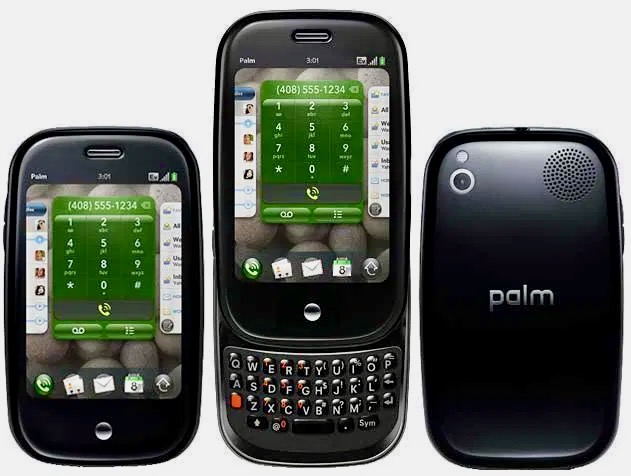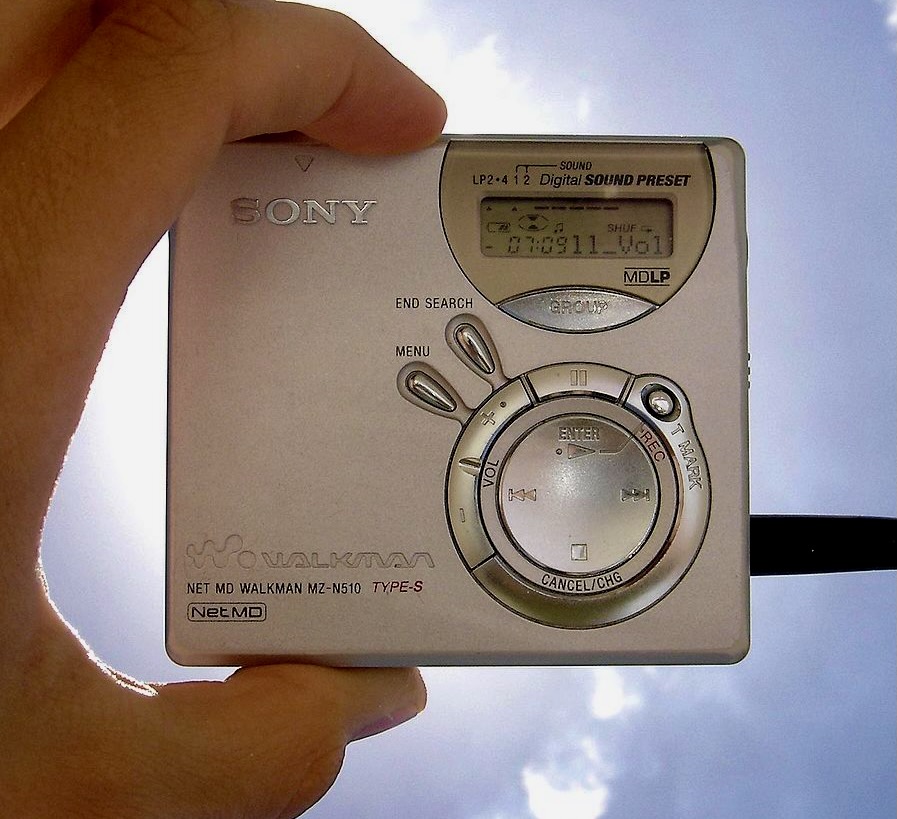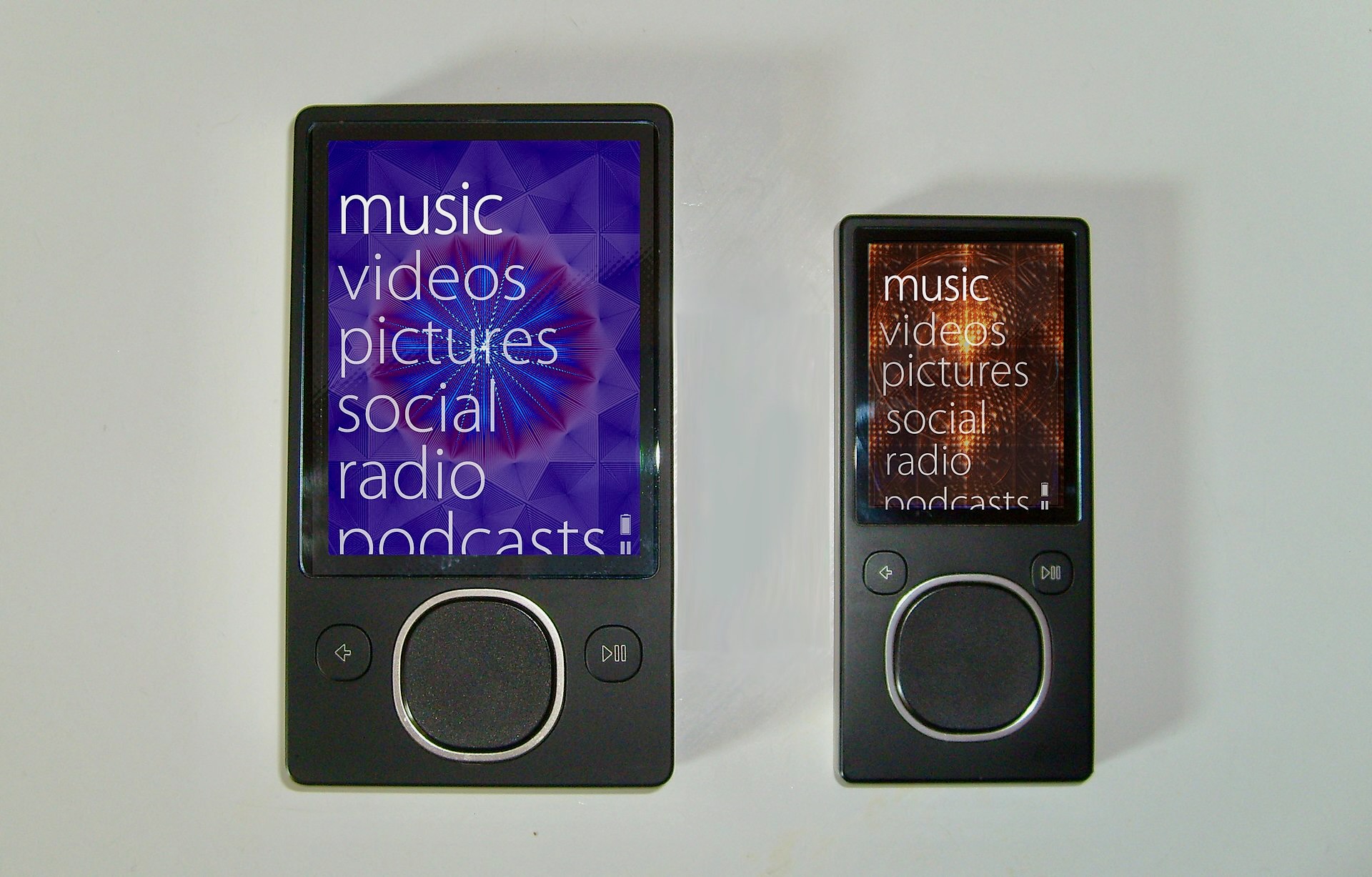Ctrl-Alt-Random: Gadgets That Deserved Better (Bless Their Little Hearts)

Welcome back to Ctrl-Alt-Random, the tech corner where we dust off the relics of innovation and give them a good, hard look. This week, we’re diving into the digital graveyard to exhume three gadgets that, frankly, deserved a better fate. They weren’t necessarily bad, mind you. In fact, some were downright revolutionary. But somewhere between concept and consumer, the wires got crossed, the marketing missed the mark, or they were just tragically ahead of their time. So grab your vintage ironic tees, and let’s pour one out for the tech that could have been.
Case Study 1: The Palm Pre – The WebOS Wonder That Went… Nowhere
A Glimmer of Genius: Fast forward to 2009, the smartphone landscape was dominated by the early iPhones and Blackberrys. Then, like a stylish meteor, came the Palm Pre. This sleek device ran webOS, an operating system that was genuinely innovative. It boasted true multitasking with its “cards” interface, seamless syncing, and a gesture-based navigation system that felt futuristic. The slide-out physical keyboard was a dream for many, and the synergy between online services and the device was ahead of its time.
The Facepalm Moment: Palm, bless their optimistic hearts, just couldn’t compete. They lacked the app ecosystem of Apple and the sheer market muscle of Google (Android was also gaining traction). Their marketing was… subtle, to put it kindly. And despite a dedicated fanbase, the Pre just didn’t reach critical mass. HP’s acquisition and subsequent mishandling of Palm and webOS was the final nail in the coffin of a truly promising platform.
The Legacy Lives On: While the Palm Pre itself is a distant memory for most, its DNA is all over modern smartphones. The card-based multitasking system heavily influenced how both iOS and Android handle running multiple apps. The gesture-based navigation can be seen in various forms on today’s devices. Even the idea of seamless cloud syncing and a unified messaging experience was championed by webOS long before it became standard.

Case Study 2: The Sony MiniDisc – The Hi-Fi Hopeful That Hit Shuffle on Its Own Demise
The Good Ol’ Days: Back in the mid-90s, when CDs were king but bulky, Sony, in their infinite wisdom, decided we needed something… smaller. Enter the MiniDisc. This little guy was slick. It offered near-CD quality audio in a robust, rewriteable format. You could even title your tracks! Imagine that in the era of endless numbered CD tracks. It was technically impressive, offering skip-free playback years before digital music players became mainstream.
The Plot Twist: So, what went wrong? Well, a few things. First, it was proprietary. Sony being Sony, they wanted their sweet licensing fees. Second, it was more expensive than CDs, both the players and the blank discs. And third, the rise of MP3s and file-sharing platforms completely blindsided it. Why bother with physical media, even tiny, cool physical media, when you could have thousands of songs on your hard drive? The MiniDisc lingered for a while in certain niches (journalists loved them for recording interviews), but it ultimately became a footnote in the digital music revolution.
The Ripple Effect: Despite its demise, the MiniDisc paved the way for our modern music habits. Its emphasis on curated playlists (you meticulously named those tracks, didn’t you?) foreshadowed the digital playlists we create on Spotify and Apple Music today. And its focus on high-quality portable audio, while ultimately overshadowed by convenience, laid some groundwork for the audiophile streaming services and high-resolution audio formats we see now.

Case Study 3: The Microsoft Zune – The MP3 Player That Arrived Fashionably Late (and Slightly Tone-Deaf)
The Empire Strikes Back (Sort Of): Microsoft, not wanting to miss the digital music player party entirely, finally launched the Zune in 2006. It wasn’t a terrible device. In fact, the Zune HD was quite sleek and had a decent interface. The “social” aspect, allowing Zune users to share songs (albeit with restrictions), was an interesting idea. Microsoft’s deep pockets meant it had the resources to potentially make a dent in Apple’s iPod dominance.
The Record Skip: The Zune’s biggest problem? Timing. It arrived years after the iPod had already cemented its place in the market. The branding was… well, “Zune” isn’t exactly catchy. And despite some decent features, it didn’t offer a compelling enough reason for iPod users to switch. Microsoft also struggled to build a strong ecosystem around it. Ultimately, the Zune became a symbol of a tech giant trying to play catch-up and slightly missing the point.
The Echo in the Digital Wind: While the Zune hardware is gone, its influence can be seen in Microsoft’s later forays into subscription services. The Zune Pass, which allowed users to stream and download music for a monthly fee, was a precursor to the Xbox Music Pass (now Groove Music) and ultimately influenced Microsoft’s approach to services like Xbox Game Pass. It showed that the subscription model for digital content had potential, even if the Zune itself couldn’t capitalize on it fully.
The Encore (of Sorts):
So there you have it – three gadgets that, for various reasons, didn’t quite make it to the tech hall of fame. But their stories serve as a crucial reminder: failure in the tech world isn’t always about being a bad product. Sometimes it’s about bad timing, marketing missteps, or simply being outmaneuvered in a rapidly evolving landscape. These “failures” often planted the seeds for the innovations we take for granted today. So next time you’re seamlessly multitasking on your phone, building a killer Spotify playlist, or enjoying your Xbox Game Pass, spare a thought for the MiniDisc, the Palm Pre, and the Zune – the gadgets that deserved better, and in their own way, helped shape the tech we love (and sometimes roll our eyes at) today.
